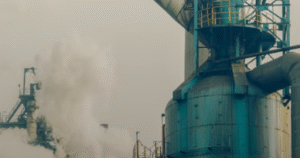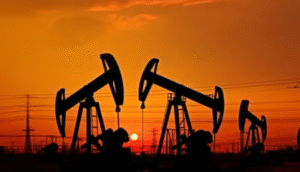$BRNT $WTI $RUB
#OilPrices #Russia #OPEC #OPECPlus #EnergyMarket #CrudeOil #Commodities #GlobalMarkets #EnergyPolicy #OilProduction #EconomicOutlook #Geopolitics
Russia’s oil production in 2025 is expected to experience a slight decline compared to 2024 as the country aligns with the OPEC+ agreement to compensate for previous overproduction. Deputy Prime Minister Alexander Novak stated that production levels are projected to be between 515 million tons and 520 million tons this year, down marginally from the 516 million tons pumped in 2024. The small contraction in output underlines Russia’s adherence to its commitments within OPEC+, an alliance between the Organization of the Petroleum Exporting Countries and other major oil-producing nations aimed at regulating supply to maintain market stability. With oil prices remaining volatile amid geopolitical uncertainties and concerns over global demand, any shifts in Russia’s supply levels could have significant market implications.
Despite the marginal reduction in crude oil production, Russia’s oil processing levels are expected to rise in 2025 compared to the previous year, signifying a strategic shift towards refining and downstream operations. This move could potentially enhance Russia’s value-added exports, such as refined petroleum products, which often command higher prices than raw crude. By increasing refining capacity, Russia may also seek to mitigate the impact of Western sanctions on its energy sector, which have restricted its ability to sell crude oil to certain markets. Additionally, higher refining throughput could enable Russia to sustain revenue flows despite producing slightly less crude, potentially offsetting any negative impact on government finances stemming from lower outright production volumes.
From a financial perspective, the marginal decline in Russian oil output is unlikely to cause drastic disruptions in global oil markets, but it may contribute to short-term price fluctuations for benchmarks like Brent ($BRNT) and West Texas Intermediate ($WTI) crude. Given that Russia is one of the world’s top crude oil exporters, even modest production shifts can influence pricing dynamics, particularly in conjunction with broader OPEC+ policies. Traders and investors will closely watch how Moscow maneuvers within the alliance, as any deviation from agreed-upon production levels could trigger speculation and volatility in energy markets. Additionally, the fluctuation in Russia’s oil revenues has implications for the value of the Russian ruble ($RUB), which often moves in correlation with global crude prices.
Looking ahead, the trajectory of Russia’s oil production will depend not only on OPEC+ policy but also on external factors such as geopolitical developments, demand recovery in key energy-consuming nations, and potential supply-side disruptions elsewhere. In recent months, oil markets have witnessed heightened uncertainty due to Middle East tensions, concerns over a global economic slowdown, and fluctuating energy inventories. If Russia remains committed to reducing its output in alignment with OPEC+ strategies, it could lend support to global oil prices by helping to balance supply against demand. However, any unexpected surge in production or deviations from the agreed framework could add further complexity to an already volatile commodity market.











Comments are closed.